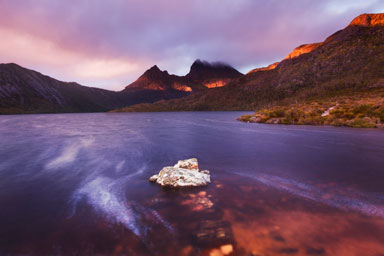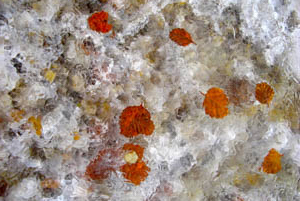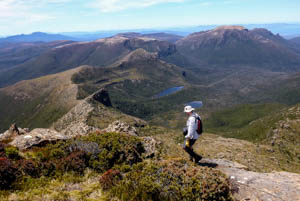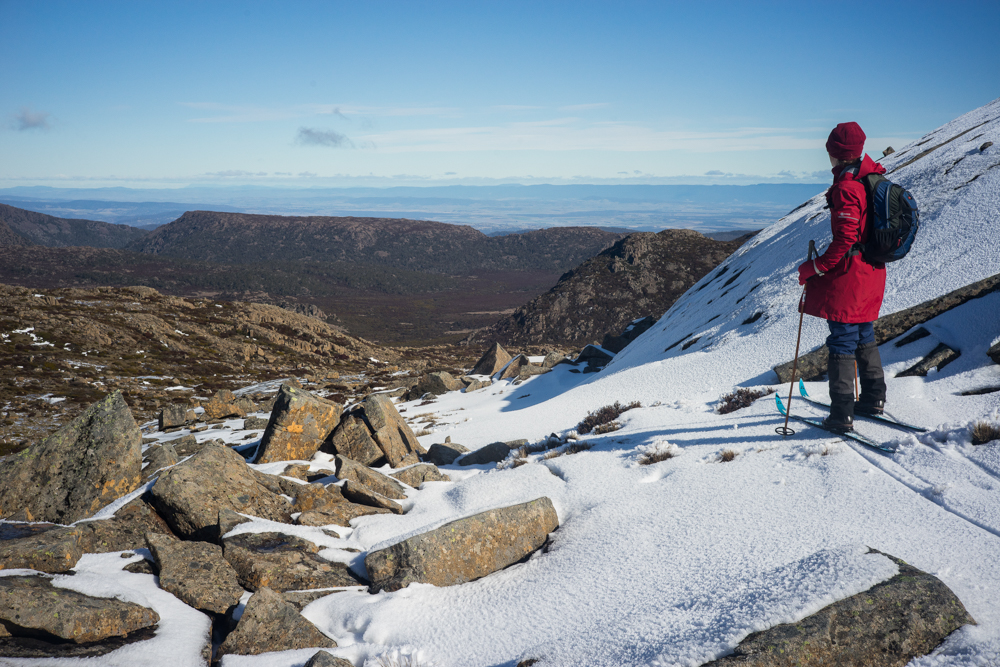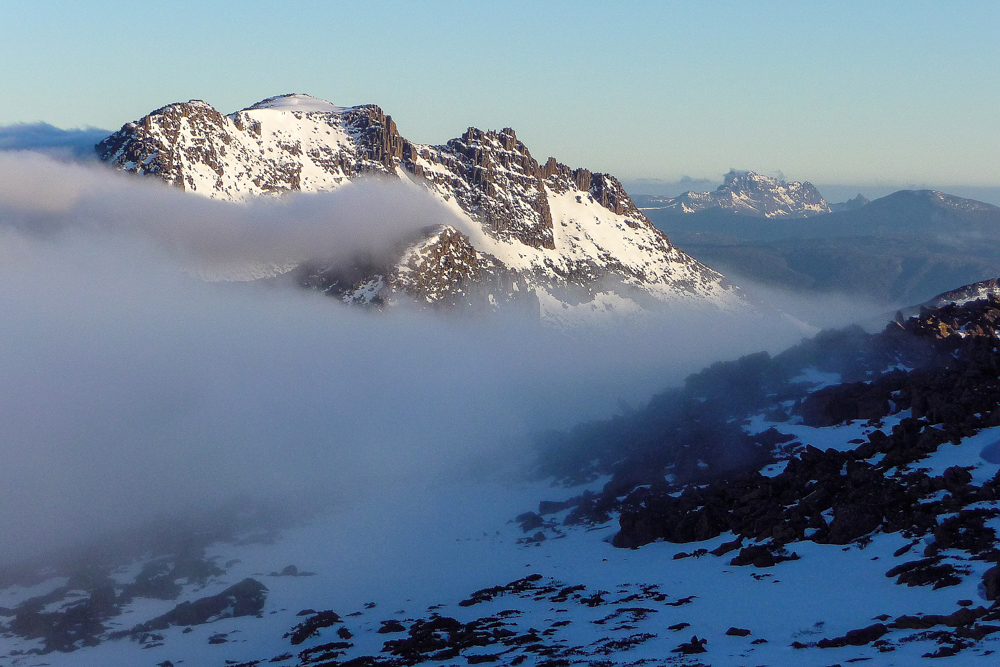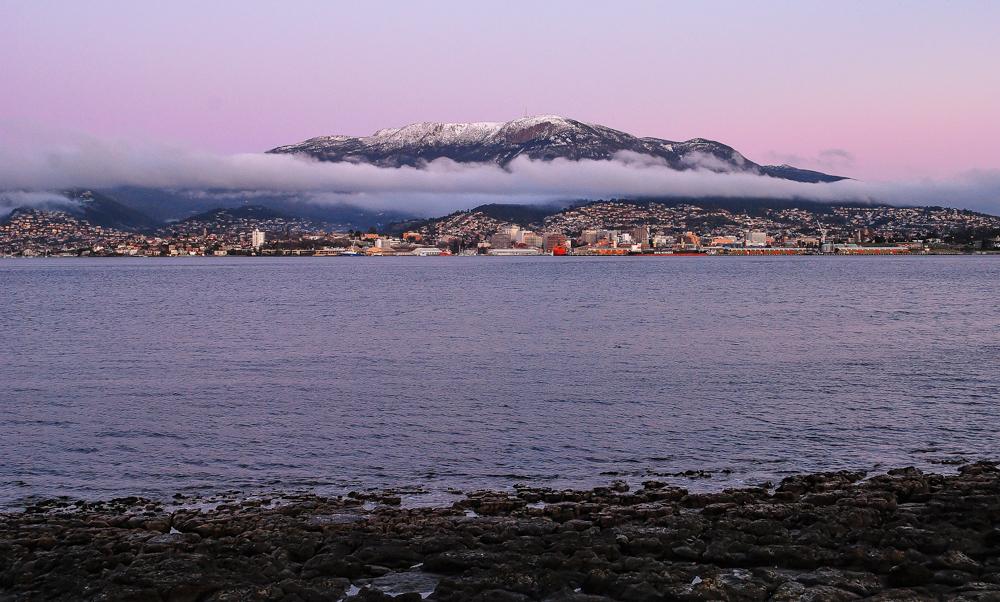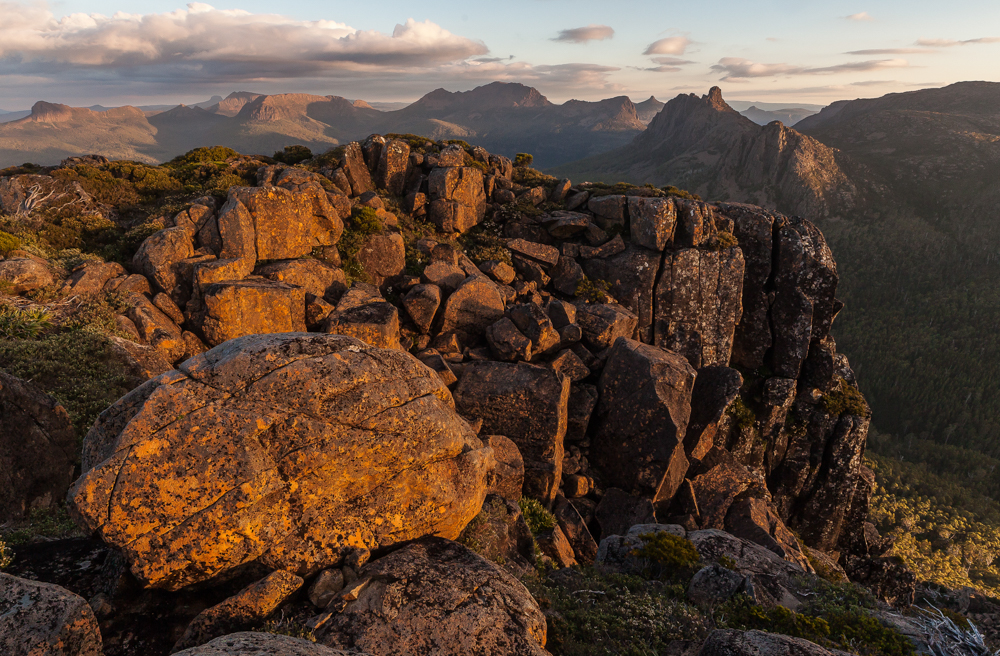Abel Tables
What makes an Abel?
To establish a list of Tasmania’s authentic mountains amid the aggregation of Tasmania’s elevated regions, Bill Wilkinson decided, after many years of contemplation and observation that the following points needed to be considered:
- a means of defining a mountain
- the inclusion of only the superior or pre-eminent features – to distinguish them from hills
- objectivity
- simplicity
By carefully balancing the above points and after considerable thought, he determined that the two criteria which adequately satisfy them are:
- choosing a minimum height of 1100m. This provides a reasonable altitude range of 517m, i.e. 1617m (Mt Ossa) to 1100m. Peaks lower than a third the height of Mt Ossa are not considered to be mountains on a state-wide basis.
- defining a mountain in this height range as having a minimum drop of 150m on all sides before higher ground is reached, regardless of extent. This allows the highest peaks in plateaux and ranges to be selected and relegates other peaks as subsidiary hills.
If a feature satisfies these two tests it is accepted. The term coined for these mountains is ‘ABEL’ after Abel Tasman the first European to sight them. His log contains numerous drawings of the mountainous landscape seen from his vessel as he travelled along the west, south and east coasts.
After months of analysing maps based on the two criteria, Bill Wilkinson drew up the Abel Tables which are included on this website. From a walking perspective the list of 158 Abels is both finitely limited and their ascents achievable. For the general public, information is available for ascents of these Abels and Abel Guides are included in both Volumes to assist walkers in ascertaining which walks are within their level of current expertise.

